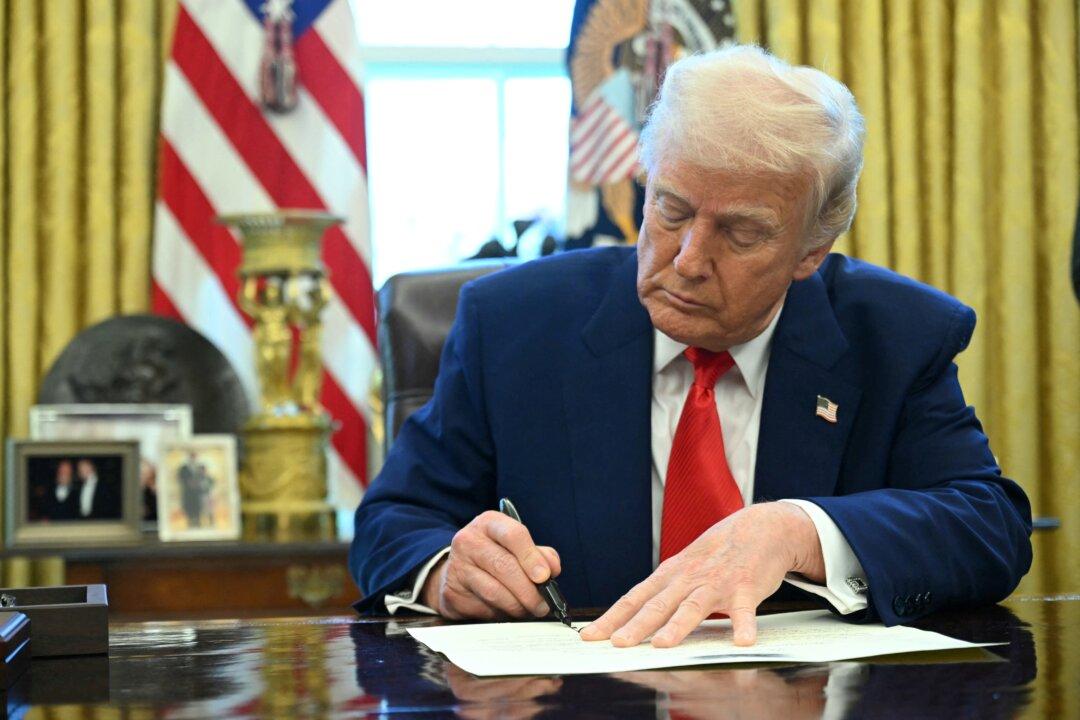Traffic in Manhattan decreased by 7.5 percent in the week after New York City’s congestion pricing plan took effect, according to preliminary traffic data released by the Metropolitan Transportation Authority (MTA) on Jan. 13.
“Just look out the window: there is less traffic, quieter streets, and we think everyone has seen it,” Juliette Michaelson, MTA deputy chief of policy and external relations, told reporters on Jan. 13. “Traffic patterns are already changing and they will continue to change.”
MTA stated that travel times on inbound river crossings into Manhattan, including the Holland and Lincoln tunnels that run under the Hudson River from New Jersey, also decreased by 30 percent to 40 percent on average.
Travel times on the Franklin D. Roosevelt East River Drive and the West Side Highway also improved during the afternoon, falling by between 20 percent and 46 percent, according to the data.
Cars traveling on the east-west streets in the Central Business District also experienced time improvements, especially in the afternoon hours, with trips becoming 4 percent to 36 percent faster. Travel times on some south-north avenues also improved, with trips becoming 21 percent faster, the data showed.
Despite anecdotal reports of more crowded train cars, Michaelson said the agency had not clocked a noticeable increase in subway users, largely because the baseline number of riders—more than 3 million daily—is so high. A handful of bus routes originating in Brooklyn and Staten Island had seen an increase in ridership the previous week.
Speaking to reporters on Jan. 13, New York City Mayor Eric Adams emphasized the need to analyze the traffic data to identify any necessary improvements, noting that the newly implemented congestion pricing marked “a major shift” for New Yorkers.
The governor estimated that the new lower toll would save daily commuters about $1,500 per year when taking into account what they were originally on track to pay, and she promised discounts for commuters at the lower end of the income scale. For example, car owners earning less than $50,000 per year get a 50 percent discount on every toll after their 10th toll in a given month.
President-elect Donald Trump has previously expressed intent to end the program when he takes office, but it is unclear whether he will follow through. The plan stalled during his first term while undergoing a federal environmental review.
Trump said in November 2024 that congestion pricing “will put New York City at a disadvantage over competing cities and states, and businesses will flee.”







